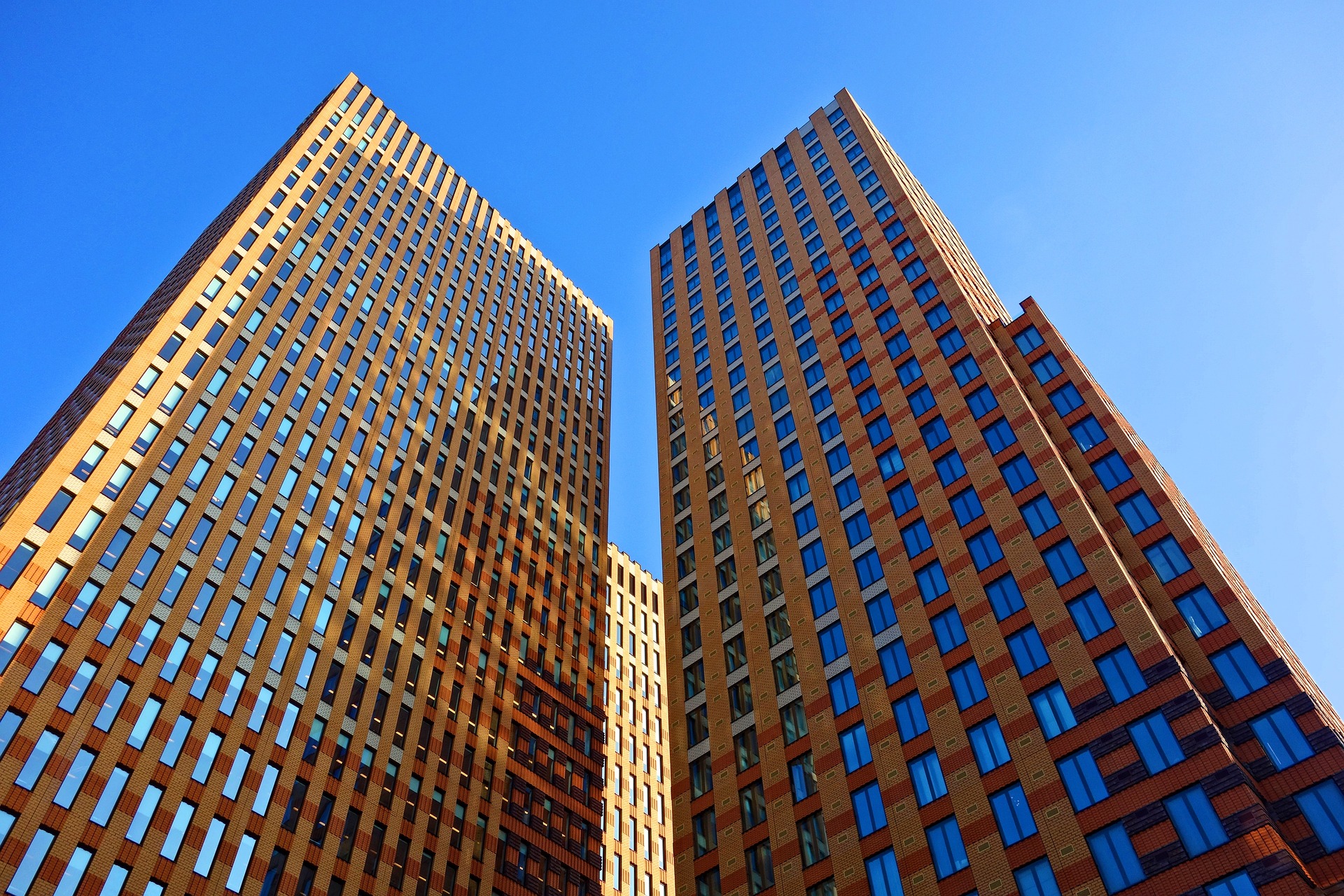Class B commercial properties gain more from LEED certification than Class A buildings
Class B commercial properties gain more from LEED certification than Class A buildings 0 dbarista Mon, 12/18/2023 - 10:00 Green Class B office properties that are LEED certified command a greater relative benefit than LEED-certified Class A buildings, according to analysis from CBRE. The Class B LEED rent advantage over non-LEED is about three times larger than the premium earned by Class A LEED buildings. Peter Fabris, Contributing Editor The rent advantage over non-LEED is about three times larger than Class A, according to CBRE. Office Buildings Contractors Designers Designers / Specifiers / Landscape Architects Engineers Facility Managers Architects Building Owners Codes and Standards Standards Green Green Specifications Class B office properties that are LEED certified command a greater relative benefit than LEED-certified Class A buildings, according to analysis from CBRE.The Class B LEED rent advantage over non-LEED is about three times larger than the premium earned by Class A LEED buildings. “Class B LEED properties have an average 180-basis point (bp) lower vacancy rate and a $9.18 per sq. ft. asking rent premium compared with non-LEED Class B properties,” CBRE says. “This is a wider delta than for the Class A cohort, where LEED buildings have a 160-bp lower average vacancy rate and a $3.75 per sq. ft. asking rent premium.”The study focused on Boston because it has a significant number of LEED-certified buildings in the downtown area. One in three Class A buildings are certified in the city and one in 10 Class B buildings has this certification.Average rent for 20,000 buildings studied was 31% higher for LEED structures than for non-certified buildings. Energy Star certification also boosted rents.

Class B office properties that are LEED certified command a greater relative benefit than LEED-certified Class A buildings, according to analysis from CBRE. The Class B LEED rent advantage over non-LEED is about three times larger than the premium earned by Class A LEED buildings.
Peter Fabris, Contributing Editor

The rent advantage over non-LEED is about three times larger than Class A, according to CBRE.
Class B office properties that are LEED certified command a greater relative benefit than LEED-certified Class A buildings, according to analysis from CBRE.
The Class B LEED rent advantage over non-LEED is about three times larger than the premium earned by Class A LEED buildings.
“Class B LEED properties have an average 180-basis point (bp) lower vacancy rate and a $9.18 per sq. ft. asking rent premium compared with non-LEED Class B properties,” CBRE says. “This is a wider delta than for the Class A cohort, where LEED buildings have a 160-bp lower average vacancy rate and a $3.75 per sq. ft. asking rent premium.”
The study focused on Boston because it has a significant number of LEED-certified buildings in the downtown area. One in three Class A buildings are certified in the city and one in 10 Class B buildings has this certification.
Average rent for 20,000 buildings studied was 31% higher for LEED structures than for non-certified buildings. Energy Star certification also boosted rents.























